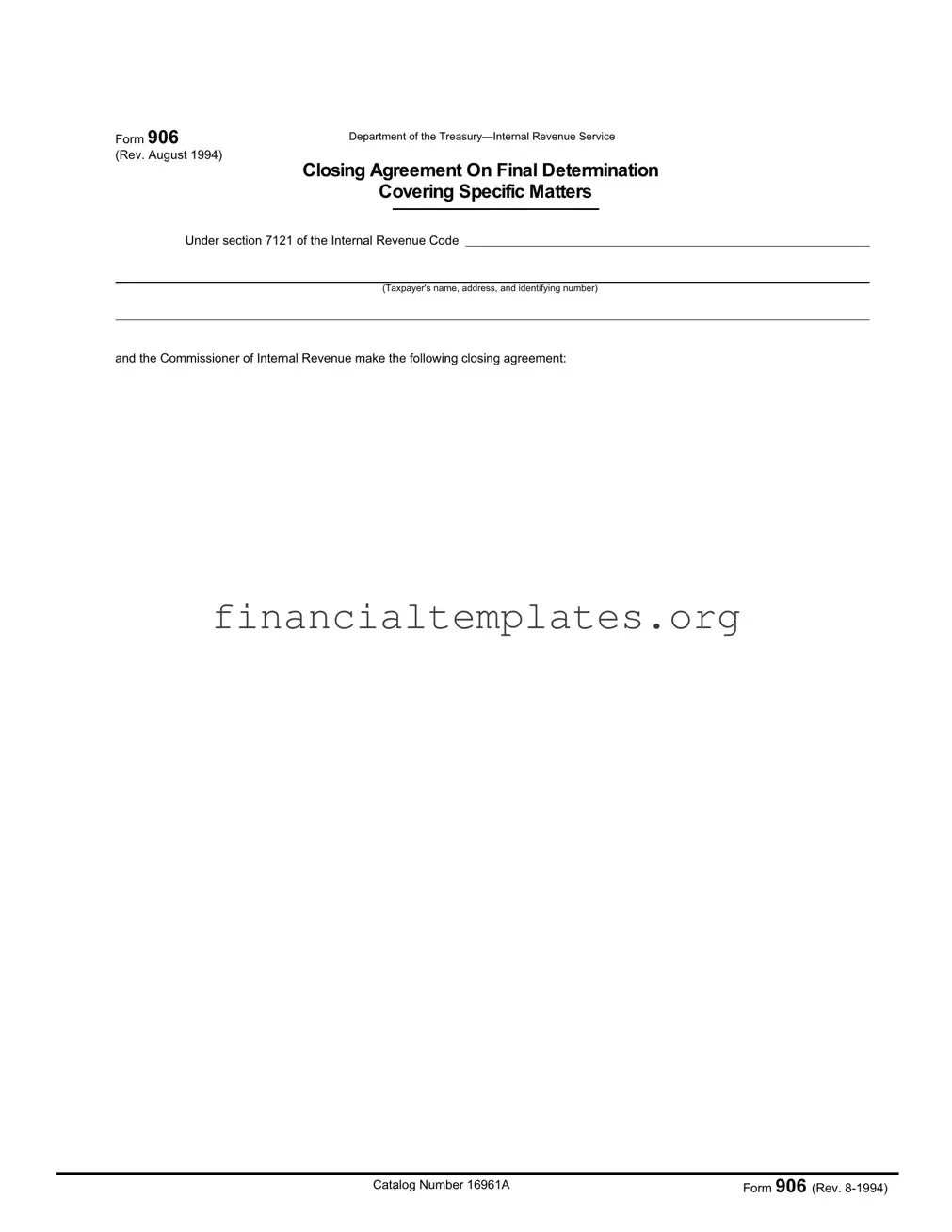Instructions
This agreement must be signed and filed in triplicate. (All copies must have original signatures.) The original and copies of the agreement must be identical. The name of the taxpayer must be stated accurately. The agreement may relate to one or more years.
If an attorney or agent signs the agreement for the taxpayer, the power of attorney (or a copy) authorizing that person to sign must be attached to the agreement. If the agreement is made for a year when a joint income tax return was filed by a husband and wife, it should be signed by or for both spouses. One spouse may sign as agent for the other if the document (or a copy) specifically authorizing that spouse to sign is attached to the agreement.
If the fiduciary signs the agreement for a decedent or an estate, an attested copy of the letters testamentary or the court order authorizing the fiduciary to sign, and a certificate of recent date that the authority remains in full force and effect must be attached to the agreement. If a trustee signs, a certified copy of the trust instrument or a certified copy of extracts from that instrument must be attached showing:
(1)the date of the instrument;
(2)that it is or is not of record in any court;
(3)the names of the beneficiaries;
(4)the appointment of the trustee, the authority granted, and other information necessary to show that the authority extends to Federal tax matters; and
(5)that the trust has not been terminated, and that the trustee appointed is still acting. If a fiduciary is a party, Form 56, Notice Concerning Fiduciary Relationship, is ordinarily required.
If the taxpayer is a corporation, the agreement must be dated and signed with the name of the corporation, the signature and title of an authorized officer or officers, or the signature of an authorized attorney or agent. It is not necessary that a copy of an enabling corporate resolution be attached.
Use additional pages if necessary, and identify them as part of this agreement.
Please see Revenue Procedure 68 16, C.B. 1968 1, page 770, for a detailed description of practices and procedures applicable to most closing agreements.




